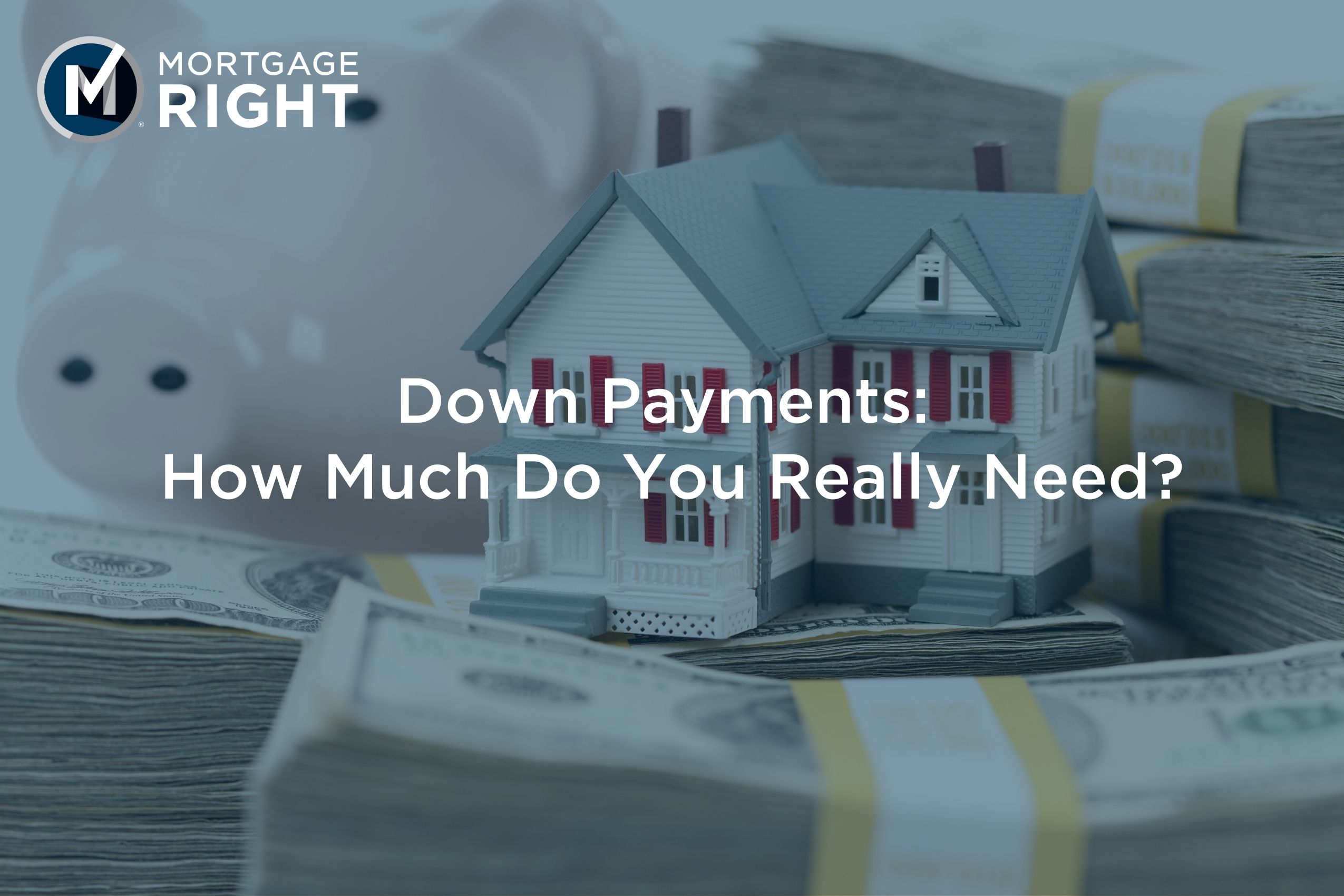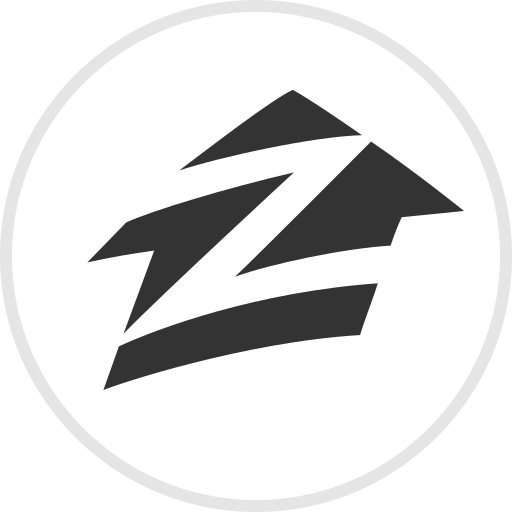
When preparing to buy a home, it’s important to consider one of the most significant financial components of the purchase—your down payment. A down payment is an out-of-pocket amount you pay toward your home that translates into home equity. Because guidelines and lending practices vary when it comes to down payments, it can be hard to figure out how much you need. Let’s find out which down-payment option is right for you!
Is a 20% down payment necessary?
A 20% down payment can seem daunting for a first-time homebuyer. But there are other options. Most lenders are flexible about how much money they will allow you to put down. With that said, everything in life has its pros and cons, and making a sizable down payment is no different.
Pros
If putting 20% down on your home is financially feasible, here are a few benefits you’ll reap.
You can land a better interest rate
When you put down 20% or more, you’re less of a risk to lenders. And when you’re not as risky to lend to, you gain access to lower interest rates.
Your interest rate is simply the percentage of the principal or outstanding balance that you’re charged monthly for borrowing money. An interest rate that’s even one point lower can save you thousands of dollars throughout the life of your loan.
Want to know more about interest rates? Find out here.
Your monthly payments will be lower
Your down payment goes toward the cost of your home. If you can put a sizable amount of money down, you can borrow less from your lender to pay for the rest of your home. With less money borrowed, you will have lower monthly mortgage payments.
You won’t have to worry about PMI
PMI, or private mortgage insurance, is an assurance fee typically applied to a borrower’s monthly payments if they cannot put a certain amount down on the home they purchase. It acts as a buffer for lenders when the risk of default is on the table, and if you put 20% down, you won’t have to worry about it.
Even if putting 20% down isn’t in the cards, you can request that your lender remove PMI when you reach 20% equity in your home. Typically, if you don’t make the request, a lender will automatically cancel PMI when you build at least 22% equity in your home. However, this does not apply to FHA loans.
Need to know the basics of equity? Learn more here.
You’ll pay less interest over time
The higher your down payment, the lower your borrowed amount, so you’ll pay less interest over the duration of your loan.
Cons
Though putting 20% down seems like it might be the best option for every buyer, there are potential disadvantages to consider.
Saving takes time
Most borrowers will spend months (or even years) putting money away for a down payment, but some borrowers’ savings might be better used elsewhere. If you think you might need the money to fund an important event in your future, it might be more beneficial to put down less than 20%.
Less money for repairs and home improvements
Some borrowers have their eye on a home that will require a few repairs, and they might be able to snag it for a bargain because of it. With a larger down payment, there are fewer funds left to go toward the maintenance of the purchased home.
This might be less of a drawback if you’re willing to hold back on the repairing process. Once you’ve built up enough equity in your home, you may be eligible for a cash-out refinance to fund your home improvement project(s).
Is it possible to buy a house with a low or no down payment?
Of course! Not being able to put money down may not exclude you from being able to buy the home of your dreams. However, it does prevent you from being able to access certain loans. If you want to put 0% down, you’ll need to get a government-backed loan.
Government-backed loans are those that the government insures. They are beneficial to borrowers because the government will cover any financial losses if you default on the loan. Lenders will also be more likely to give lower interest rates and less stringent down payment requirements on these loans.
An FHA loan is a government-backed loan insured by the Federal Housing Administration. With this mortgage option, you can typically purchase a home with as little as 3.5% down if you have a credit score of 580 or above. However, if your credit score is within the 500-579 range, you’ll be required to put down as much as 10%
If you’re thinking about buying a home with no money down, a VA loan or USDA loan may be the right option for you. You may qualify for a VA loan if you’re a current or former service member or a surviving spouse of a former service member. To qualify for a USDA loan, the home you want to purchase must be located in an eligible rural or suburban area.
Both VA and USDA loans come with a zero-down payment guarantee as long as you meet the minimum requirements set by the Department of Veteran Affairs (VA) and the U.S. Department of Agriculture (USDA).
Down-payment requirements for non-government loans
Outside of government loans, down-payment requirements can vary:
Conventional Loan: Conventional loan requirements a determined on a lender-by-lender basis. Some lenders may require you to put higher than 5% down, but at MortgageRight, 3-5% is common.
Jumbo Loan: Though they don’t have a designated down-payment requirement, Jumbo loans typically require higher down payments and credit scores to be eligible.
Don’t let a down payment keep you from owning your dream home
Whether you’re in the financial position to put more than 20% down or a zero-down payment is more suitable, MortgageRight can help you secure the RIGHT loan option for your home-buying needs. Get a quote or pre-approval letter or contact us at mortgageright.com/contact to make your dream home a reality!






